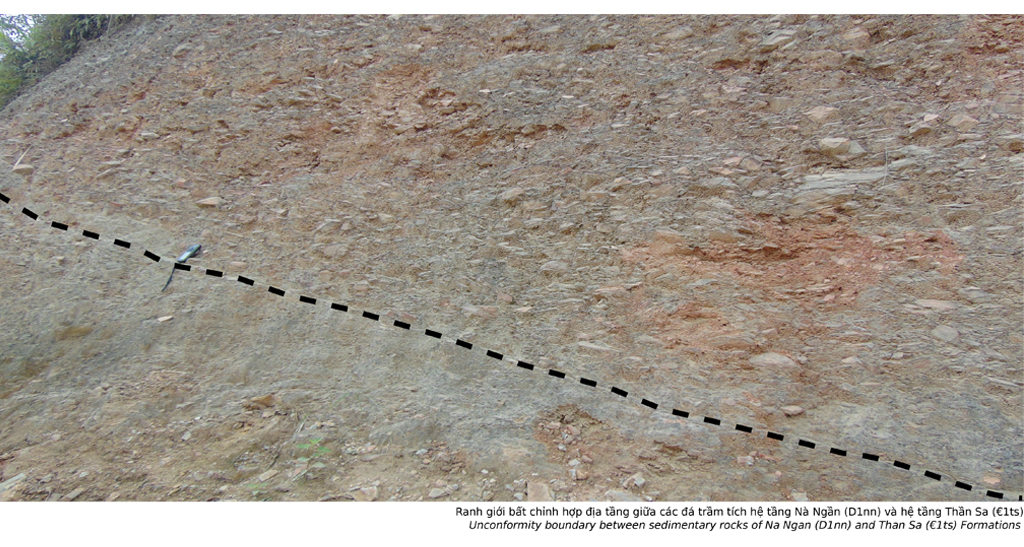
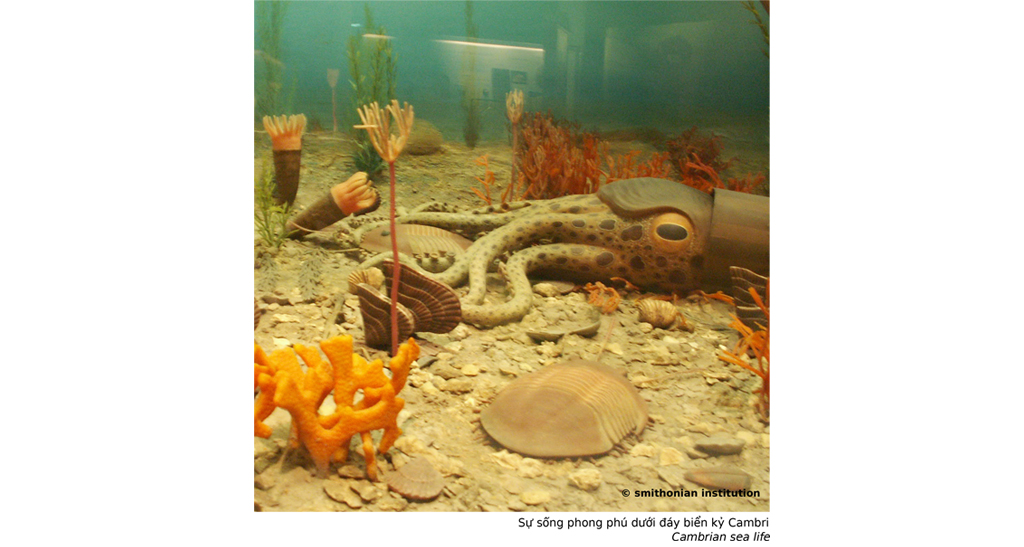
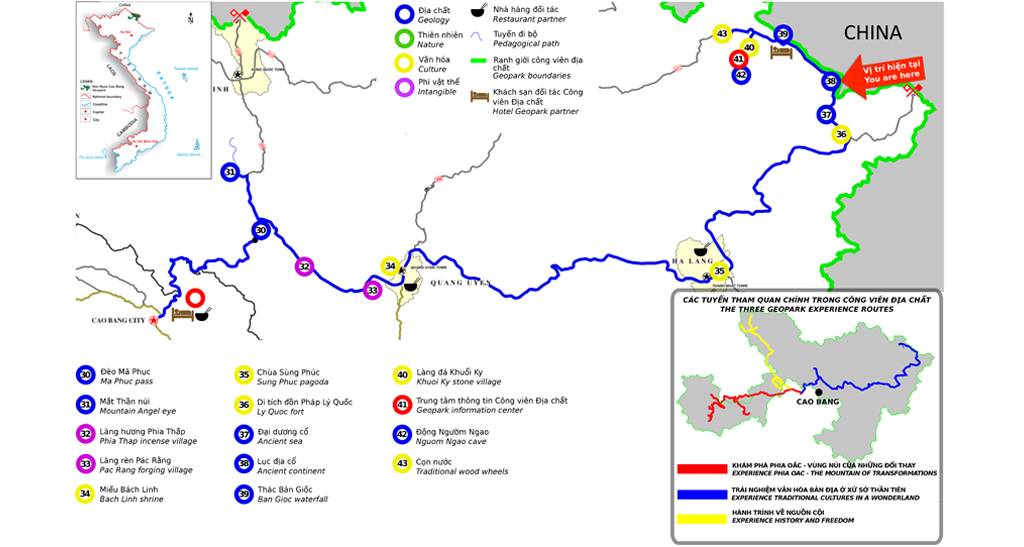
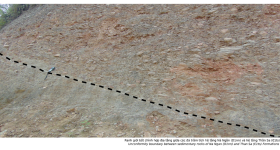
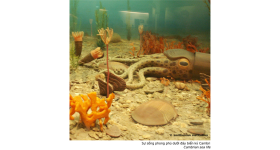

Price: Free
Phone: (0206) - 3854 211
Time to visit a place: 120 phút
Open Time: 7:00 AM - Close Time: 6:00 PM
Email: sovhtt@caobang.gov.vn
Address: xa Minh Long, huyen Ha Lang, tinh Cao Bang Xã Lý Quốc, Tỉnh Cao Bằng
The observation site is in Minh Long commune, Ha Lang district where an unconformity boundary was found. On top of that boundary are the sedimentary rocks (so-called Na Ngan Formation, D1nn), early Devonian (some 400 million years ago) in age, consisting of slightly brown coloured conglomerate, sandstone, siltstone and shale. The bottom gravelly layer of this Formation is 15-20cm thick, with rounded gravels and grits a few cm in diameter, and a main composition of quartz and sandstone. Below that boundary is the thinly-bedded schist (so-called Than Sa Formation, €1ts), which is early Cambrian (some 500 million years ago) in age. Between these rocks, thus, is a long disruption in sedimentation. That’s why it is called an unconformity boundary.
This unconformity indicates a very important period in the history of the area, which is believed to be part of the ancient Gondwana super-continent. After the formation of the Than Sa fine-grained sediments under the continental shelf conditions at the margin of the Gondwana, the whole area was uplifted - where it was deep sea became part of the super-continent. The marine deposition was interrupted, the Than Sa fine-grained sediments changed into metamorphic schist, undergoing then different continental surficial processes such as weathering and erosion.
This last for more than one hundred and twenty million years (spanning the Middle-Upper Cambrian, the whole Ordovician and Silurian periods) before the sea came back again (the so-called marine transgression process), to burry the above-mentioned unconformity boundary, first with the coarse grained gravelly layer, followed by finer-grained sandstone, siltstone and shale of the Na Ngan Formation.
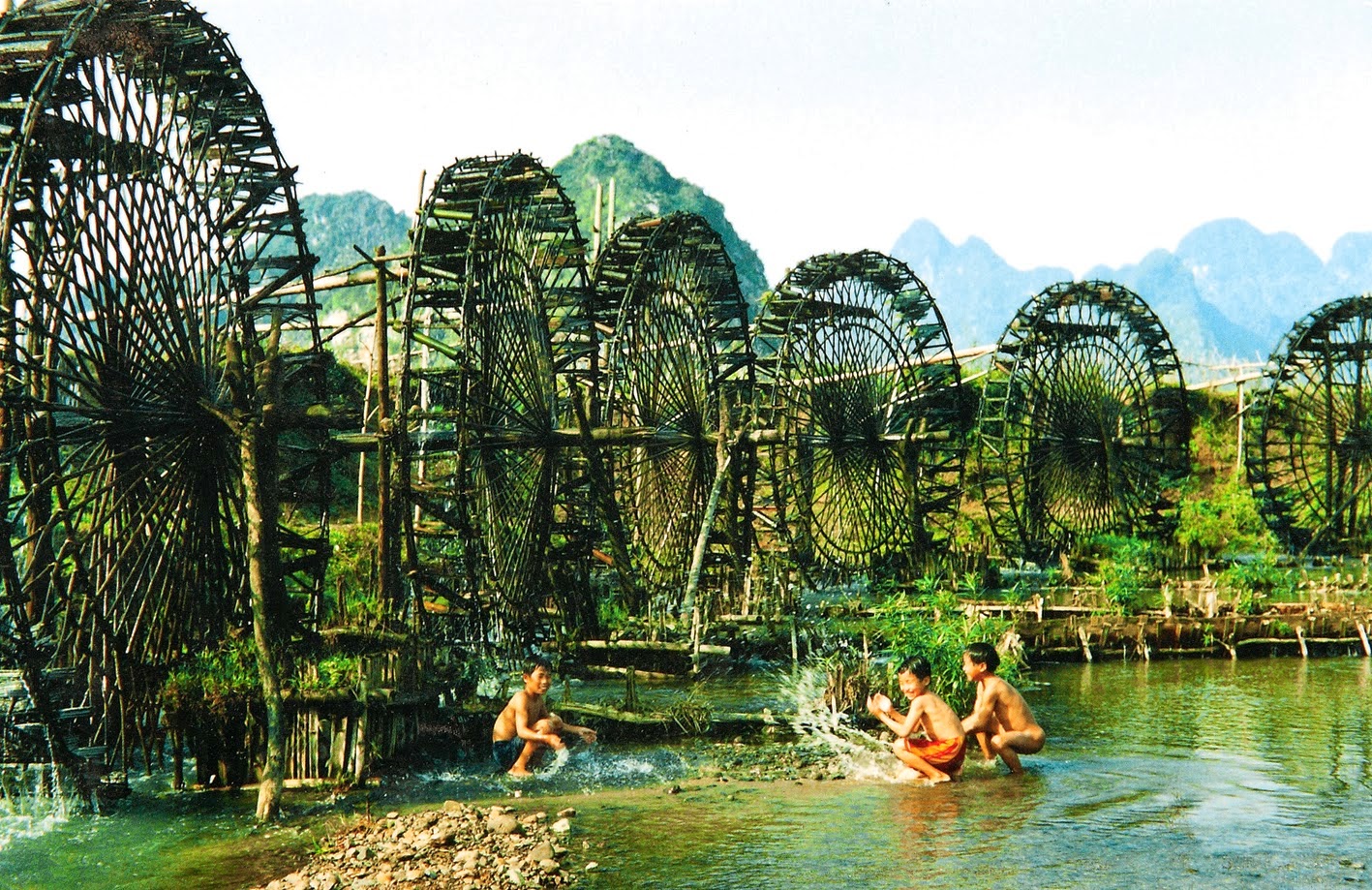
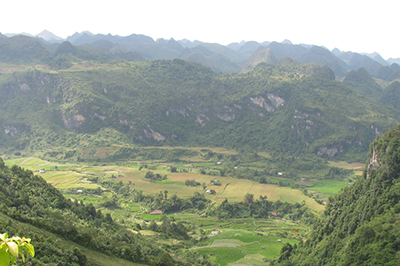
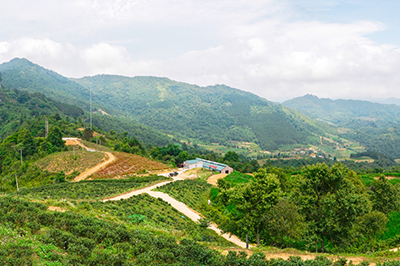

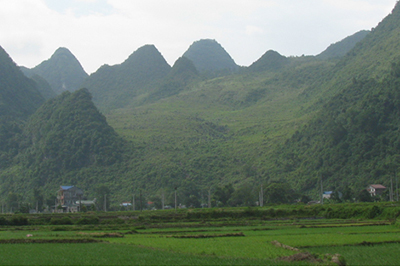
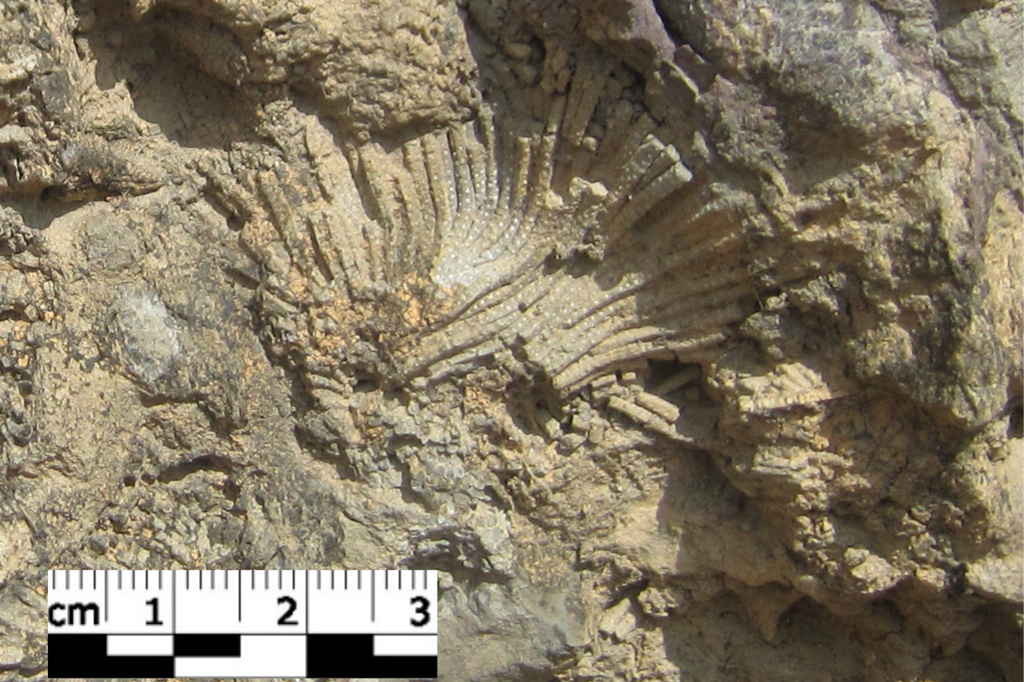

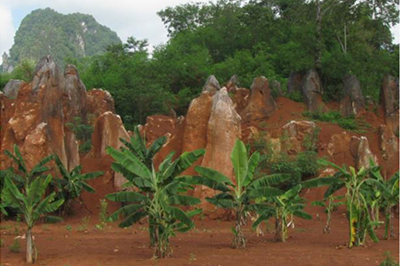
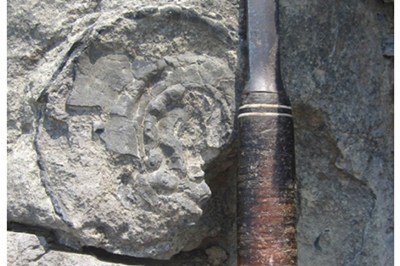
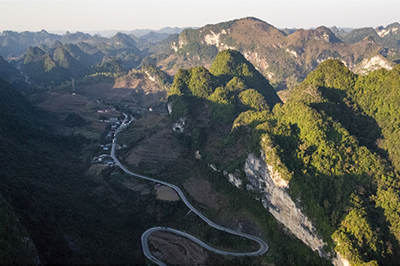
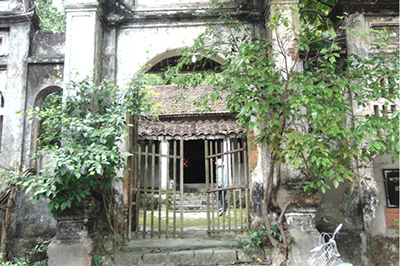
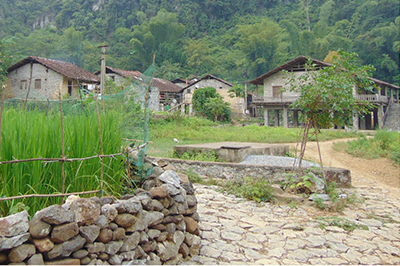
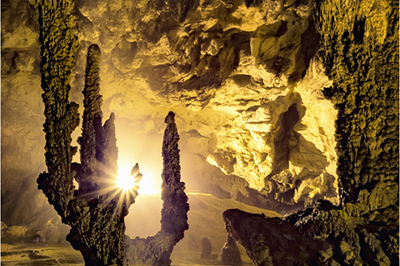

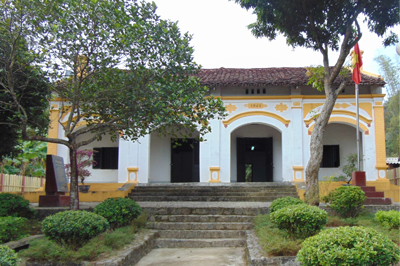
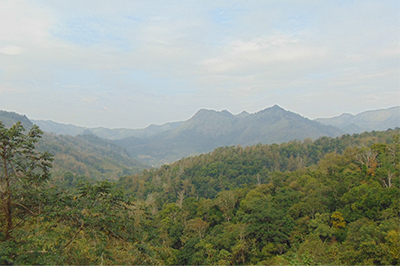
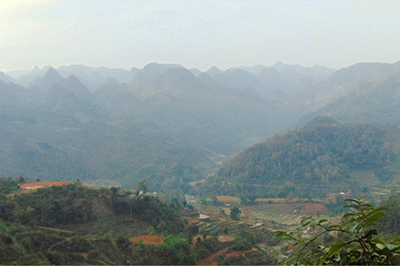

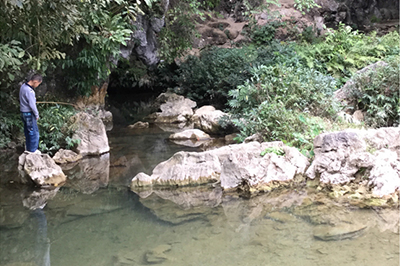

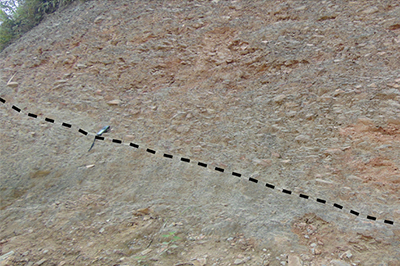
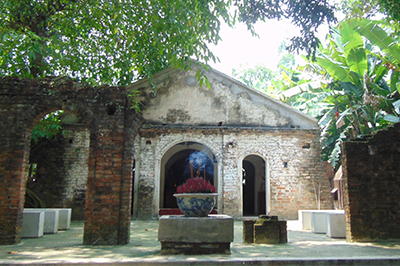

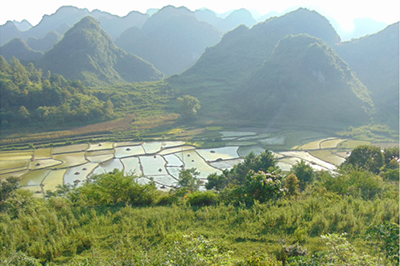


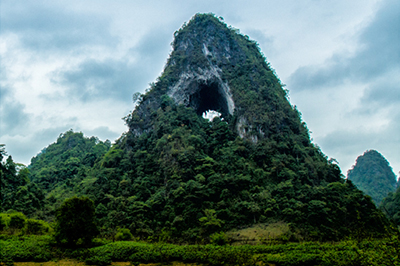

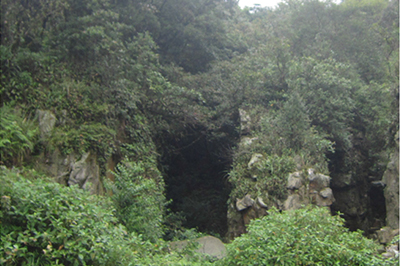
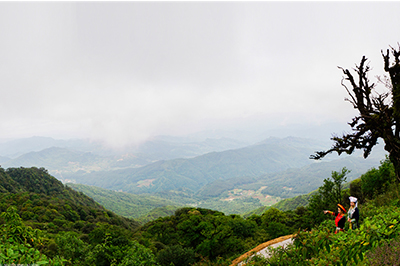
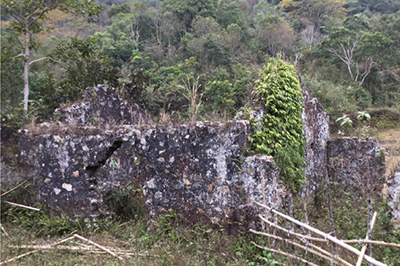


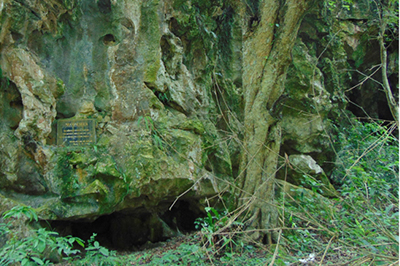
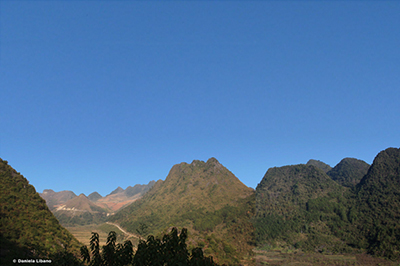
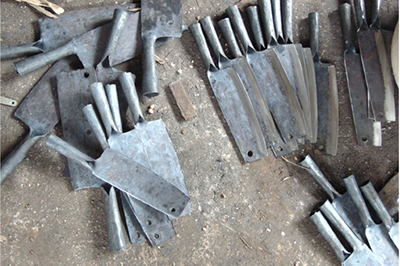
Distance: 5.69 km
Distance: 6.37 km
Distance: 6.36 km
Distance: 6.41 km
Distance: 8.74 km
Distance: 10.06 km
Distance: 10.45 km



